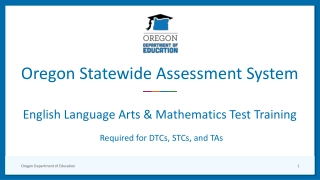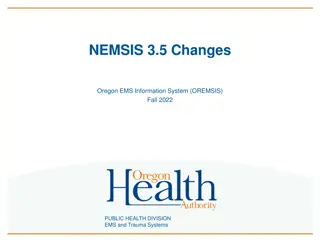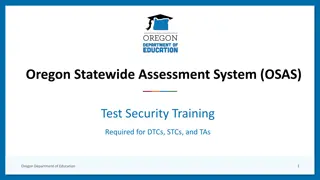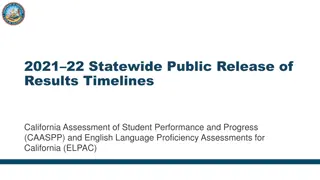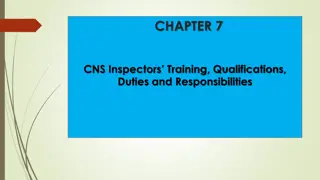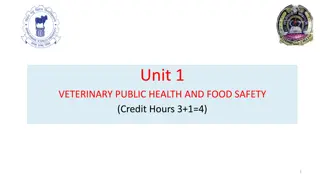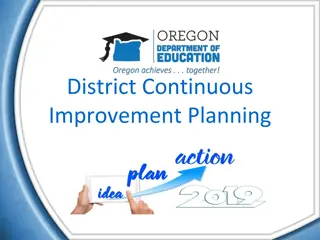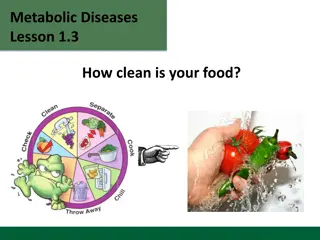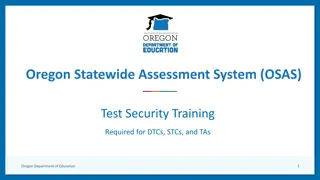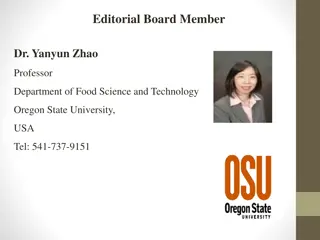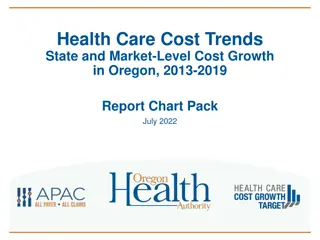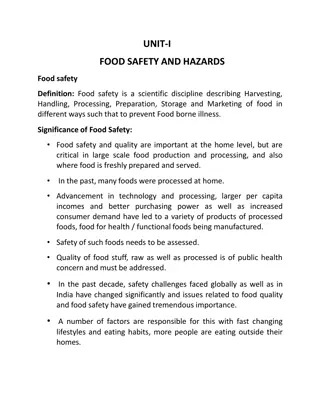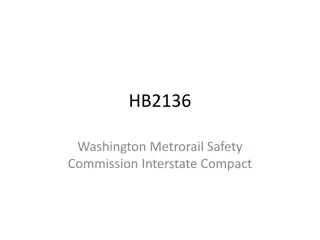Statewide Food Safety and Public Health Oversight in Oregon
Overseeing the statewide restaurant, swimming pool, and motel licensing and inspection programs in Oregon involves coordination between OHA and ODA, ensuring uniformity in standards and state oversight. Counties implement the program on behalf of the state, emphasizing industry involvement and funding mechanisms. Providing consultation, technical assistance, training, and education are key aspects of the oversight program, with thousands of food establishments and pool facilities inspected annually to uphold public health standards.
Download Presentation

Please find below an Image/Link to download the presentation.
The content on the website is provided AS IS for your information and personal use only. It may not be sold, licensed, or shared on other websites without obtaining consent from the author.If you encounter any issues during the download, it is possible that the publisher has removed the file from their server.
You are allowed to download the files provided on this website for personal or commercial use, subject to the condition that they are used lawfully. All files are the property of their respective owners.
The content on the website is provided AS IS for your information and personal use only. It may not be sold, licensed, or shared on other websites without obtaining consent from the author.
E N D
Presentation Transcript
Public Health Orientation July 19, 2017
Oversee the statewide restaurant, swimming pool and motel licensing and inspection programs. Five staff - 4 FTE in Food Safety and 1 FTE in Public Pools and Tourist Facilities. 81 years of combined experience at OHA. Prior to OHA, staff worked in Klamath, Linn, Coos, Clatsop, Washington and Clackamas counties.
State not federal programs. FDA and CDC provide recommended standards but have no authority over state programs. Two state food safety agencies OHA and ODA. ODA responsible for processing and retail grocery operations dairies, shellfish processors, canneries. OHA responsible for food for immediate consumption restaurants, food carts, food served at fairs, carnival and other public events.
Counties implement program on our behalf thru IGA. Industry was integrally involved in developing the statute and program, so uniformity and state oversight is emphasized. Oregon is different than many other Western states in that counties do not have the ability to deviate from or create their own standards without OHA approval. Program funding is also unique because counties set and collect fees and remit an amount to OHA to fund the state programs.
Provide oversight of state program: Consultation and Technical Assistance; Rule Revision and Maintenance; Variances; Triennial and Fiscal Reviews; Training and Education Annual Conference, Regional Meetings, EHS Orientation; Statewide Computer Licensing and Inspection Program; Food Handler Training Program.
Implement program: Licensing; Inspection; Enforcement.
~22,000 food establishments: restaurants, mobile units, temporary restaurants, vending machines, commissaries, warehouses, bed and breakfast facilities; ~160,000 food handler cards issued; ~5700 pool and tourist facilities statewide; More than 35000 inspections conducted; 69 FTE ~500 inspections per FTE; 96% of required food inspections conducted; 98% of required pool and tourist inspections completed.
Reduce the rate of occurrence of foodborne illness risk factors in food service facilities.
Focus on Critical Risk Factors: Interactive inspection approach; Field review assessment; Standardization.
Statewide Uniformity: Consultation and Technical Assistance 100 total inspectors and 400 rules; Triennial Reviews; Dispute resolution protocol.
Update of statewide computer licensing and inspection database update: Moving to HealthSpace system; All interested counties (34) up and running; On schedule and on budget; Monthly User Group Meetings with point people in each county to discuss questions/concerns.
Next Steps: After the initial product is online and stable statewide, we will move to: January 2018 - Online inspection report posting in uniform format; Spring 2018 - Public web portal for complaints; Summer 2018 - Online bill payment for interested counties. Revision of the Mobile Unit (food cart) Rules. Eclipse Planning.


